1. Real Facts about Tibet Earthquake Today
On January 7, 2025, a powerful earthquake struck Tibet, registering a magnitude of 6.8 on the Richter scale. The earthquake’s epicenter was located in Dingri, a county within the Shigatse region, a prominent area in the southwest of Tibet, near the Mount Everest region.
- Location: Dingri, Shigatse, Tibet (4,300 meters, 28.15° N, 86.91° E)
- Casualties: Reports indicate dozens of fatalities with more injuries in the affected areas.Infrastructure: Several buildings in Dingri, including homes and government facilities, have been damaged or collapsed.
- Roads: Many roads in the epicenter area, especially those leading to Everest Base Camp, have been impacted, making travel difficult and dangerous.
- Casualties: Reports indicate dozens of fatalities with more injuries in the affected areas.Infrastructure: Several buildings in Dingri, including homes and government facilities, have been damaged or collapsed.
- Current Situation: As of now, emergency response teams are on the ground providing aid to the affected areas, and aftershocks have been reported in surrounding regions. The primary concern is ensuring the safety of locals and foreign travelers in the region. Power outages and telecommunications disruptions have occurred, but efforts are underway to restore connectivity.

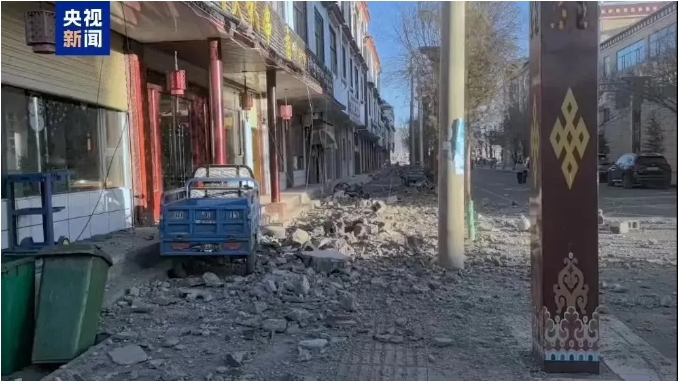
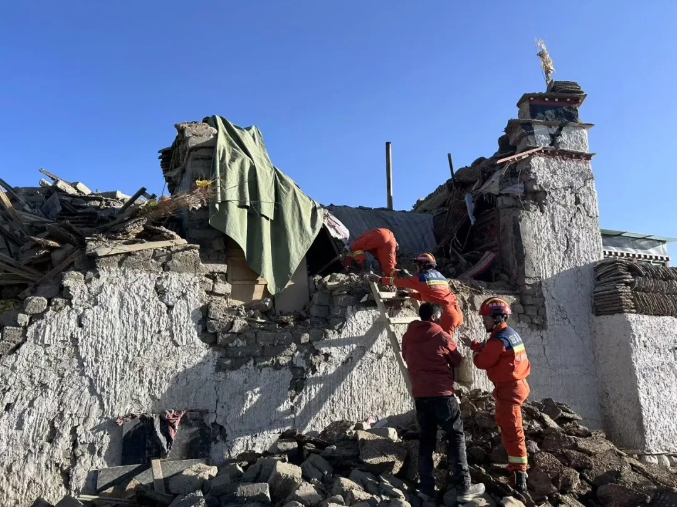
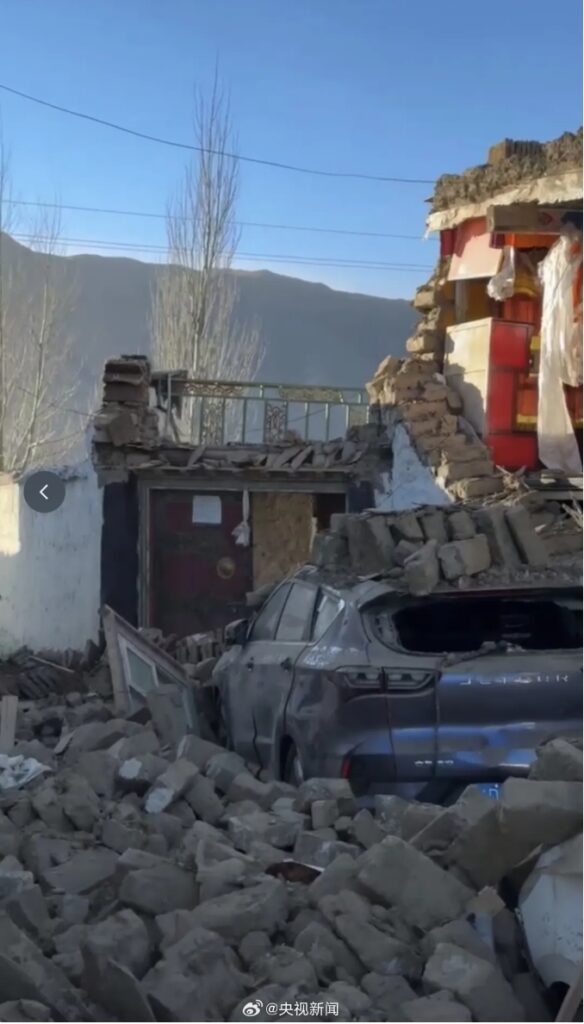

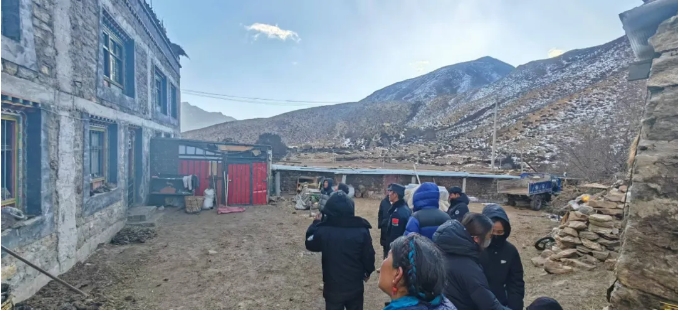
2. Chinese Government Response to Tibet Earthquake
The Chinese government has quickly mobilized resources to respond to the earthquake.
- Rescue Operations: Search and rescue operations are underway in Dingri and surrounding areas, with specialized teams dispatched to search for survivors under collapsed buildings.
- Aid and Relief: Medical teams, emergency relief supplies, and temporary shelters are being provided to the affected population.
- Infrastructure Repair: Efforts are focused on clearing roads, restoring power, and rebuilding damaged infrastructure in order to facilitate rescue and recovery operations.
- Tibet Tourism: The Chinese government has also issued safety guidelines for tourists in the region.
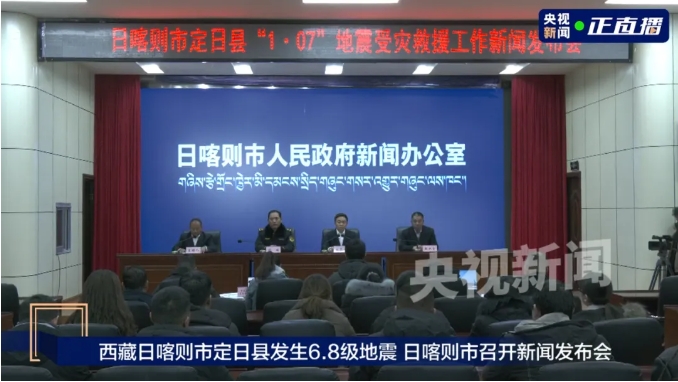

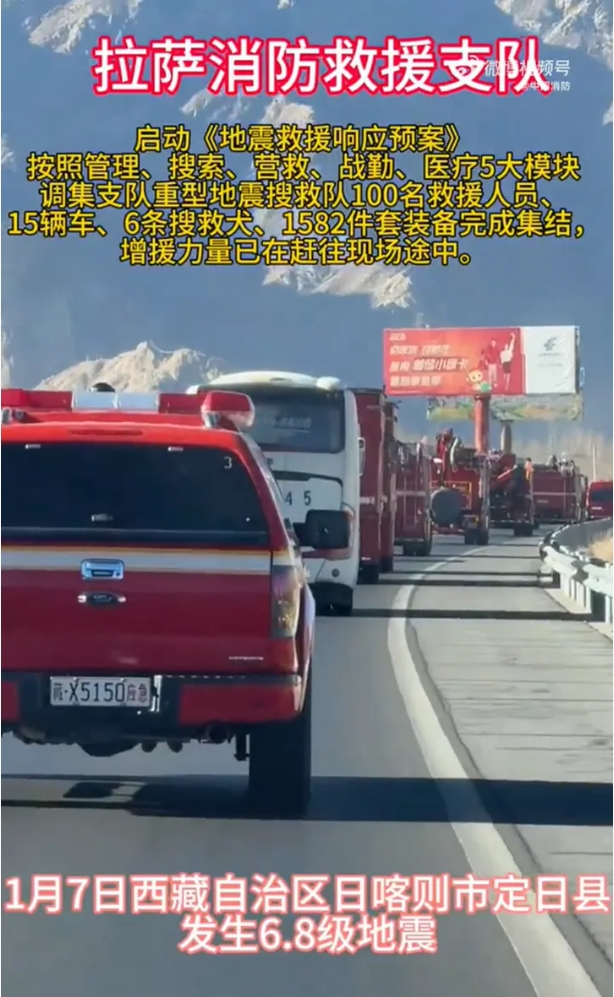

3. Why Did the Earthquake Strike Tibet?
Tibet is part of the Himalayan mountain range, a geologically active region where the Indian Plate collides with the Eurasian Plate, causing frequent seismic activity. The magnitude 6.8 earthquake today is part of the ongoing tectonic activity in the region, particularly around the Hindu Kush and Himalayas. Earthquakes of varying magnitudes are not uncommon in Tibet due to the region’s complex geology.

4. Is It Safe to Travel to Tibet?
As of now, the situation in Tibet remains fluid. For travelers planning to visit Tibet, particularly in areas around Dingri and Everest Base Camp:
- Caution is advised. Check local news and official sources for updates on the safety of the region.
- Travel restrictions: Many roads are either closed or severely damaged, making overland travel challenging.
- Flights: International flights to Lhasa and domestic flights to Shigatse might still operate, but there could be delays or cancellations.
- Warm Tips: Tibettrip.com is always here to provide you with the latest travel information and tips to plan a prefect journey to Tibet.
5. Can I Visit Everest Base Camp in Tibet after Earthquake?
Mount Everest Base Camp (EBC), located near Dingri, has been temporarily closed from 10:00 AM today due to the earthquake.
- Closure Duration: The closure is indefinite, as authorities assess the safety of the route and surrounding infrastructure. The high-altitude terrain, coupled with damaged roads, makes it unsafe for travel at the moment.
- Opening Time Suspended: While the exact reopening time remains uncertain, visitors are urged to stay updated with official announcements from local authorities and tour operators.

6. Is It Possible to Travel overland from Nepal to Tibet?
Currently, the overland route between Nepal and Tibet has been suspended due to the seismic activity.
- Damage to Roads: The earthquake has caused significant road damage in areas near the Tibet-Nepal border, particularly along the route that connects Gyirong in Tibet with Rasuwa in Nepal.
- Border Crossing: Travelers planning to cross from Nepal to Tibet should check the current status of the border crossing and make alternative travel plans.
- Stay stuned: Tibettrip.com will monitor local news and government announcements for updates on when the route may reopen.
7. Can I Fly to Shigatse Dingri or Peace Airport?
At this time, Shigatse Peace Airport remains operational for flights from Lhasa. However, travelers should be prepared for potential flight delays due to aftershocks, infrastructure damage, and ongoing recovery operations.
- Check with Airlines: It’s recommended that travelers confirm their flight status with airlines before heading to the airport. Delays in air travel are likely, and cancellation policies should be reviewed.
8. Let’s Pray for Tibet and Locals
This situation is still developing, and authorities continue to monitor the aftermath closely. Let us hope for swift and effective recovery efforts, the safety of those still in danger, and a speedy restoration of peace and normalcy to the region. For those traveling to Tibet, it is always recommended to stay informed of local conditions and follow official guidelines.